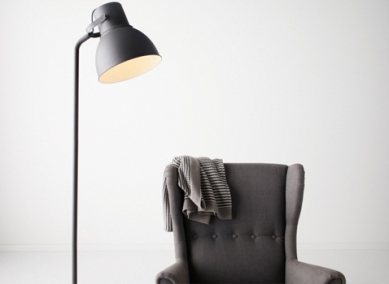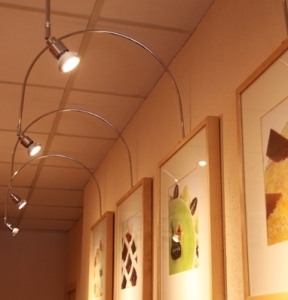Beautiful lighting … just a matter of planning
When decorating your home first you usually think about painting, floors, furniture and accessories. The lighting in and around the house is something a lot of people forget initially. The added value of lighting is often overlooked and that’s a shame. Lighting determines functionality, atmosphere and appearance and therefore it’s important to think carefully how you want to illuminate your house and the outside space.
In a lighting plan the design of the lighting in and around your house is worked out: a lighting plan brings your ideas to life. This gives you a good idea which influence your ideas have on your interior. If you have a lighting plan before the start of (re)construction, you also can avoid connection points that you can’t use and be sure you have connection points, where you want them.
To make a lighting plan for a particular space, it’s important to think carefully about the function of the space. Where will it be used for? For sleeping, cooking, relaxing, working, eating, showering or bathing, watching television, or reading? What atmosphere does the space have to radiate? Who is going to make use of this space? Where do you want to do what? What light do you need?
In a lighting plan I use a number of basic principles to help you further on your way in making decisions.
Basic principle 1: general lighting
General lighting is also called basic lighting. With general lighting you make sure there’s sufficient light in the room so the space is illuminated pretty evenly and diffuse. The light is unobtrusive and gives shadow as little as possible, making it easy on your eyes. It approaches daylight as much as possible. For example, you can achieve this by placing up-lighters.
These lamps shine the light upwards where it’s reflected from the ceiling. The space will be lit diffuse. Often, general lighting has a high lumen output and has a good balance between direct and indirect light.
Basic principle 2: work lighting
Work lighting or functional lighting focuses light. For example lighting above the dining table or a reading lamp next to an armchair. Often this kind of lighting will be used at different times during the day, so it’s pleasant if the lighting is adjustable or dimmable.



It’s pleasant that a lamp above the dining table can be dimmed: you need more light when reading the newspaper than during a romantic dinner. It’s important that you don’t look straight into the light source and there’s no shadow on the worksheet.
Basic principle 3: accent lighting
Accent lighting is used to highlight an object or place and focus attention. For example, a spotlight that highlights a painting or architectural details.
Basic principle 4: decorative lighting
At decorative lighting or mood lighting, the aesthetic of the fixture comes first. It has in the first place no longer the function to lighten the space, but to give a nice effect. Many of these lamps have a lower lumen output and strike by their appearance. They are an eye-catcher in your interior.









